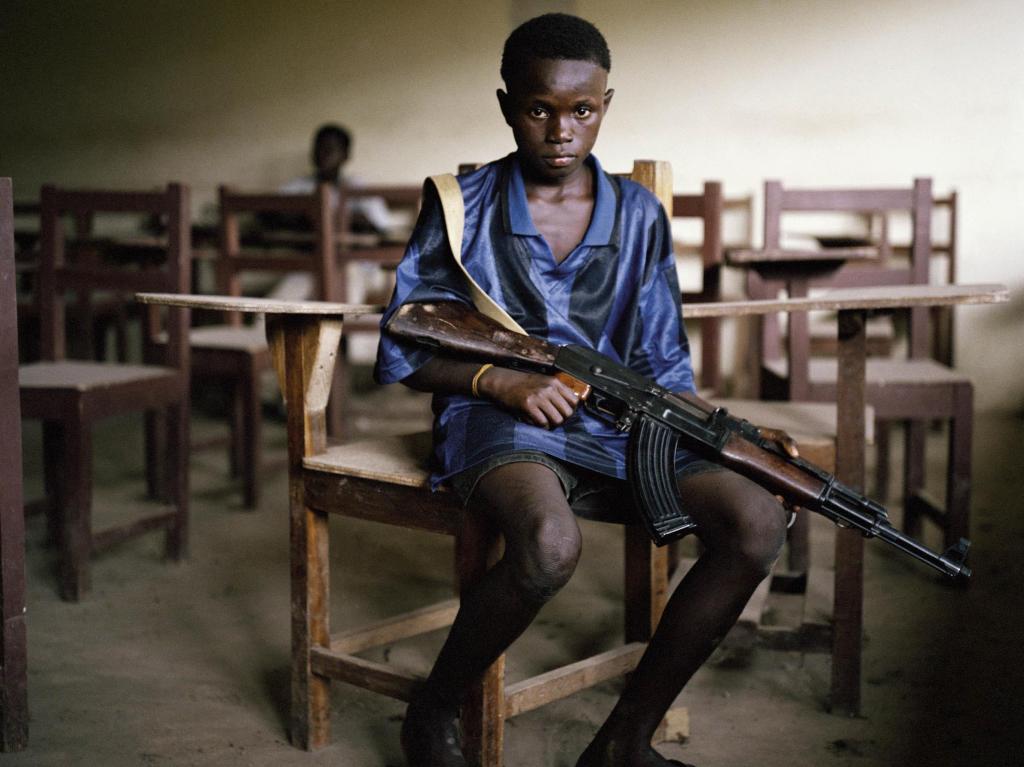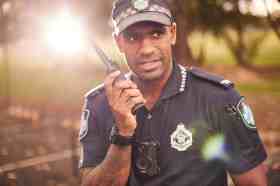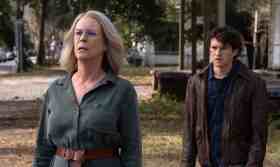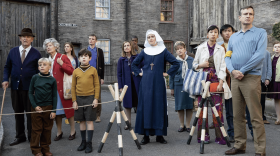Image supplied by Madman Entertainment.
The opening sequence of documentary, Which Way is the Front Line from Here? The Life and Time of Tim Hetherington (2013), is a series of outtake comments made by Hetherington as he explains why he goes to war. He says: ‘I risk my life for a lot of different things. As a documentary photographer I probe this idea the whole time, of what am I doing and why am I doing it.’ Which Way is Sebastian Junger’s directorial biography of Hetherington, who was killed photographing the Libyan uprising in 2011.
The story is a search for meaning, tracing Hetherington’s path to the front line. After studying at Oxford University and traveling in India, Hetherington studied photo-journalism in Cardiff. His first exposure to foreign front line conflict was an assignment with this film’s producer James Brabazon in Liberia in 1999. Brabazon, like fellow commentator Junger, are surprisingly interventionist in the story and continually sharpen the film’s thesis.
Hetherington’s journey is framed as a mythic narrative in which the foreign journalist goes beyond reportage and seeks universal answers to man-made conflict. The film explores Liberia to Afghanistan where Hetherington made the award-winning documentary Restrepo with Junger. Hetherington states: ‘In war you see so many crazy things happening. You see all sorts of different human emotions crystallized. Reporting on these things that are very complex and political gives you an insight into human behaviour, which imbues your reporting with a sense of meaning and significance. It is addictive in that way.’
While Hetherington is a very worthy subject, the film’s weakness is the heavy involvement of former colleagues who produce and direct this film and appear on screen without their production titles. Junger and Brabazon slip into the story, goading the plotline, while building a memorial to Hetherington’s life and work. Colleague and producer Brabazon states ‘The theatre of war in Liberia and the theatre of war in Libya, at opposite ends of Tim’s career are fundamentally connected by one really important question that Tim was trying to answer, which is “how do young men see themselves at war and why”?’ This exposition is countered by more natural testimony when hearing from other colleagues, teachers, family and lover.
So what was Hetherington chasing that cost him his life? The film is also about Junger and Brabazon looking for answers. This documentary forms another piece in the puzzle about the role of media in and about conflict. To its credit the story is tragic, about a dedicated photographer as artist, trying to pull meaning from the destructive matrix of frontline conflict.
The film will prove worthwhile for those interested in war reporting, media and conflict.
Rating: 3 out of 5 stars
Which Way is the Frontline from Here? The Life and Time of Tim Hetherington
Director: Sebastian Junger
80 minutes
DVD release April 2014
Actors:
Director:
Format:
Country:
Release:





